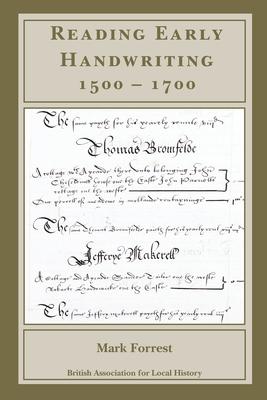The ability to read and make accurate transcriptions of historical documents are essential skills for anyone exploring the past. This practical guide describes not only the letter forms and abbreviations used by Tudor and Stuart writers, the period when researchers are most likely to encounter difficulties, but explains too how numbers, currency, measurements and dates were expressed, and offers advice on transcribing. It includes also more than twenty examples of various classes of documents often encountered by local and family historians, reproduced in facsimile and transcribed. It will be an invaluable and indispensable companion to anyone entering an archive searchroom.

The ability to read and make accurate transcriptions of historical documents are essential skills for anyone exploring the past. This practical guide describes not only the letter forms and abbreviations used by Tudor and Stuart writers, the period when researchers are most likely to encounter difficulties, but explains too how numbers, currency, measurements and dates were expressed, and offers advice on transcribing. It includes also more than twenty examples of various classes of documents often encountered by local and family historians, reproduced in facsimile and transcribed. It will be an invaluable and indispensable companion to anyone entering an archive searchroom.
Paperback
$12.90